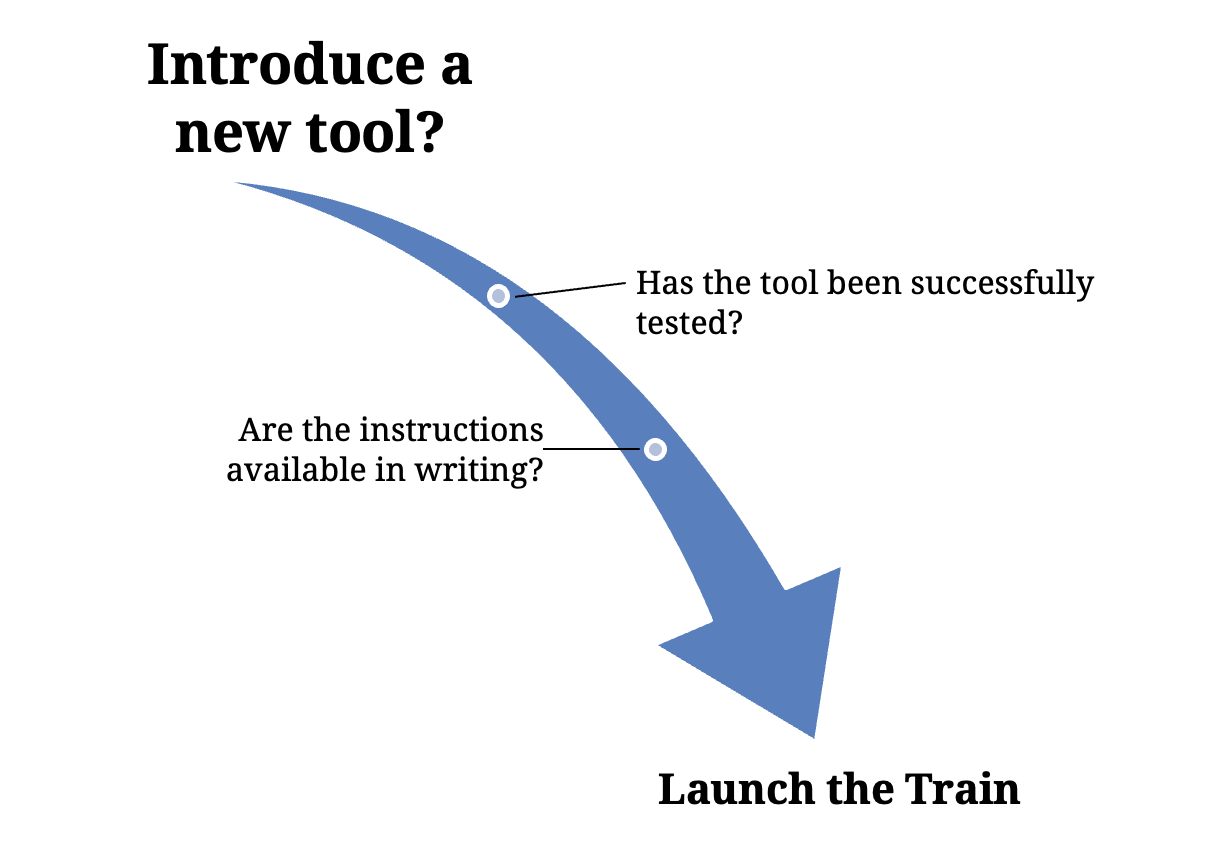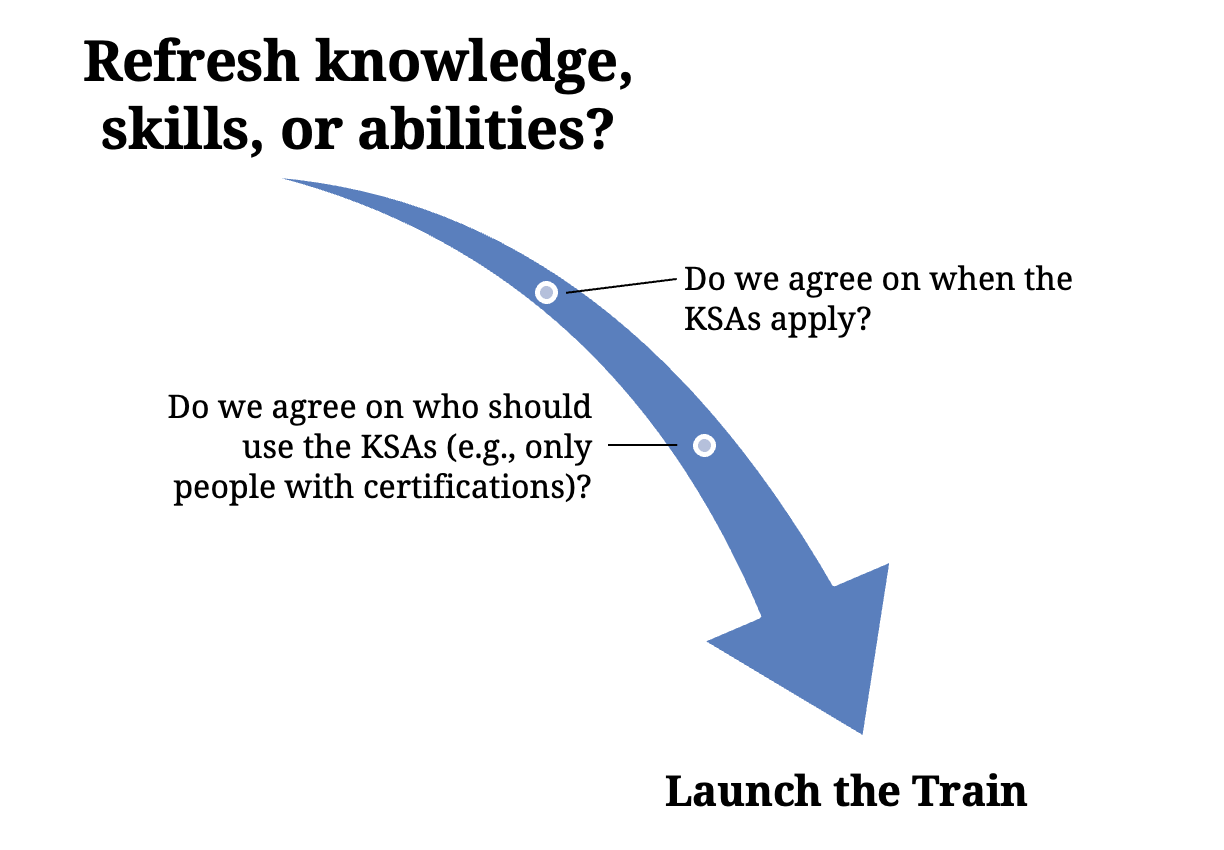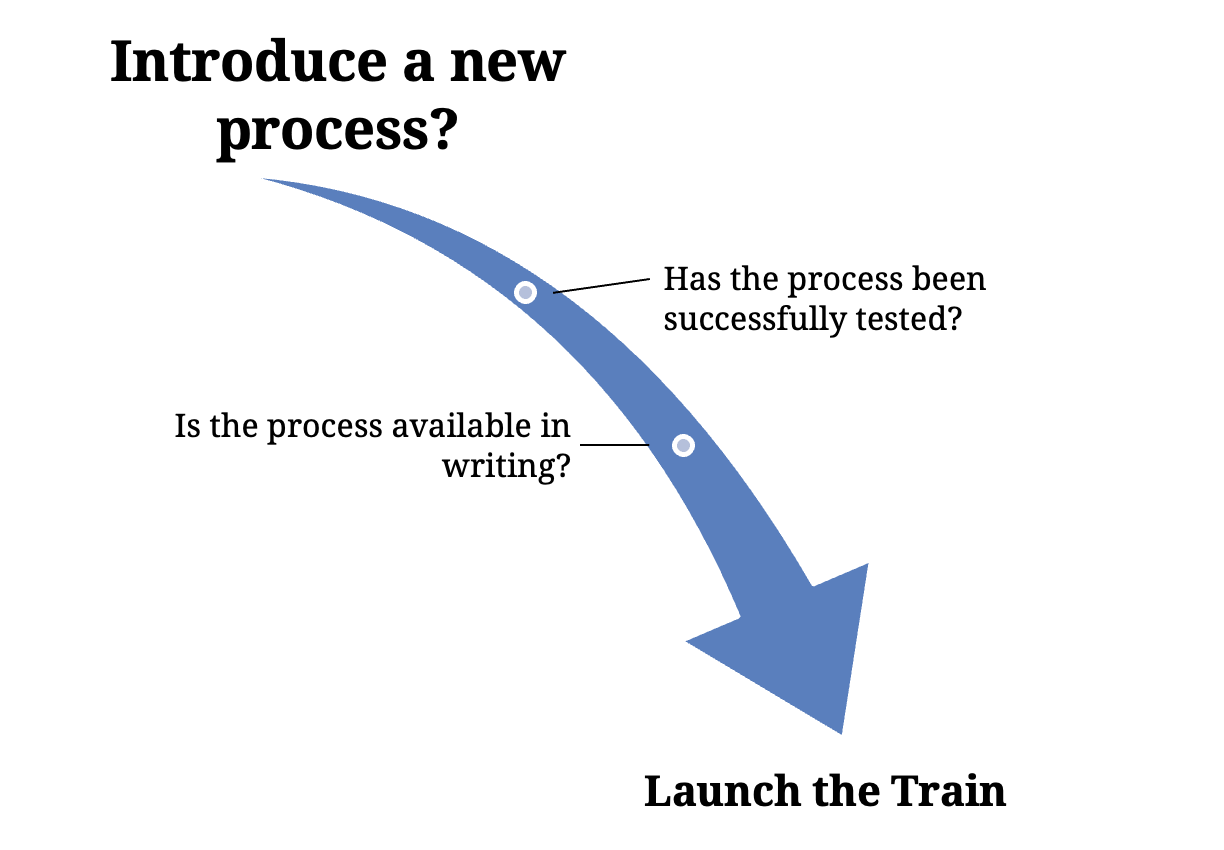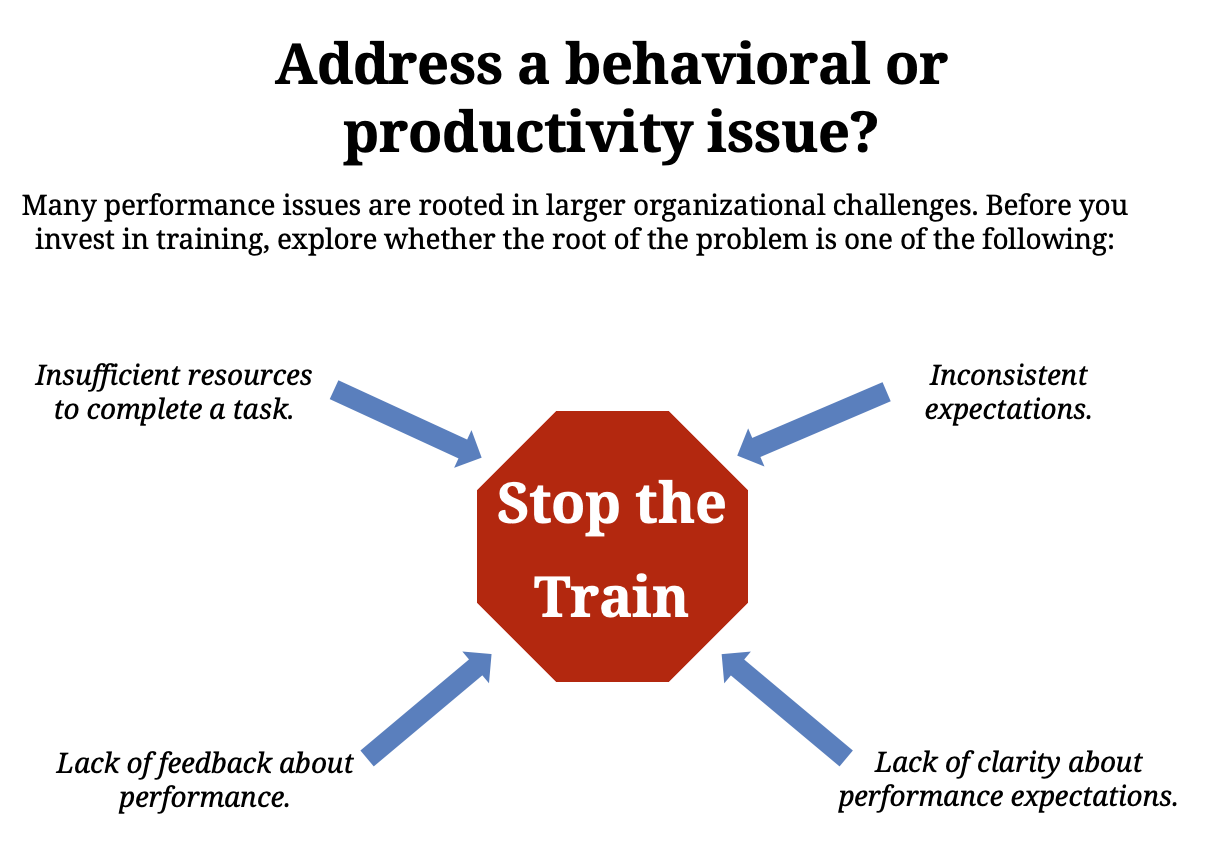A common request that we receive is to provide training for a team. Typically, the backstory for the request sounds like this: a leader sees an opportunity to optimize performance or to address a persistent problem and turns to training as the go-to solution.
As a consulting firm, we love training and deeply believe that providing training is part of what leads to high performance. But with that said, training is not the solution for every performance challenge. This may sound counterproductive to one of our service lines, but we believe you need to hear what comes next.
There is a training fallacy that many organizations suffer from, and it goes something like this: if you train employees properly, they will perform optimally. Unfortunately, team performance just isn’t that simple.
Regardless of how practical, engaging, or informative training is, if the core issue isn’t a knowledge or skill gap, then better training won’t solve that performance problem. Consider two simple examples that we often encounter.
- If a team serves a leader who doesn’t clarify priorities, training won’t address related performance problems.
- If a team hasn’t been given the necessary time, tools, or human resources to meet performance expectations, training won’t solve those issues.
In today’s world of limited time and tight budgets, we believe leaders should take an evaluative look at whether training is worth their investment. To help with that analysis, we’re sharing a series of four images that honor the spirit of our own evaluation when a client asks us to conduct training and we want to ensure it’s the right fit. The process starts with identifying your goal for training and continues through a series of questions designed to make the training effective.




—–
What’s Next? Are you considering launching a training? Use this article as a starting point to talk with other leaders about whether the training will be worth your investment.


















